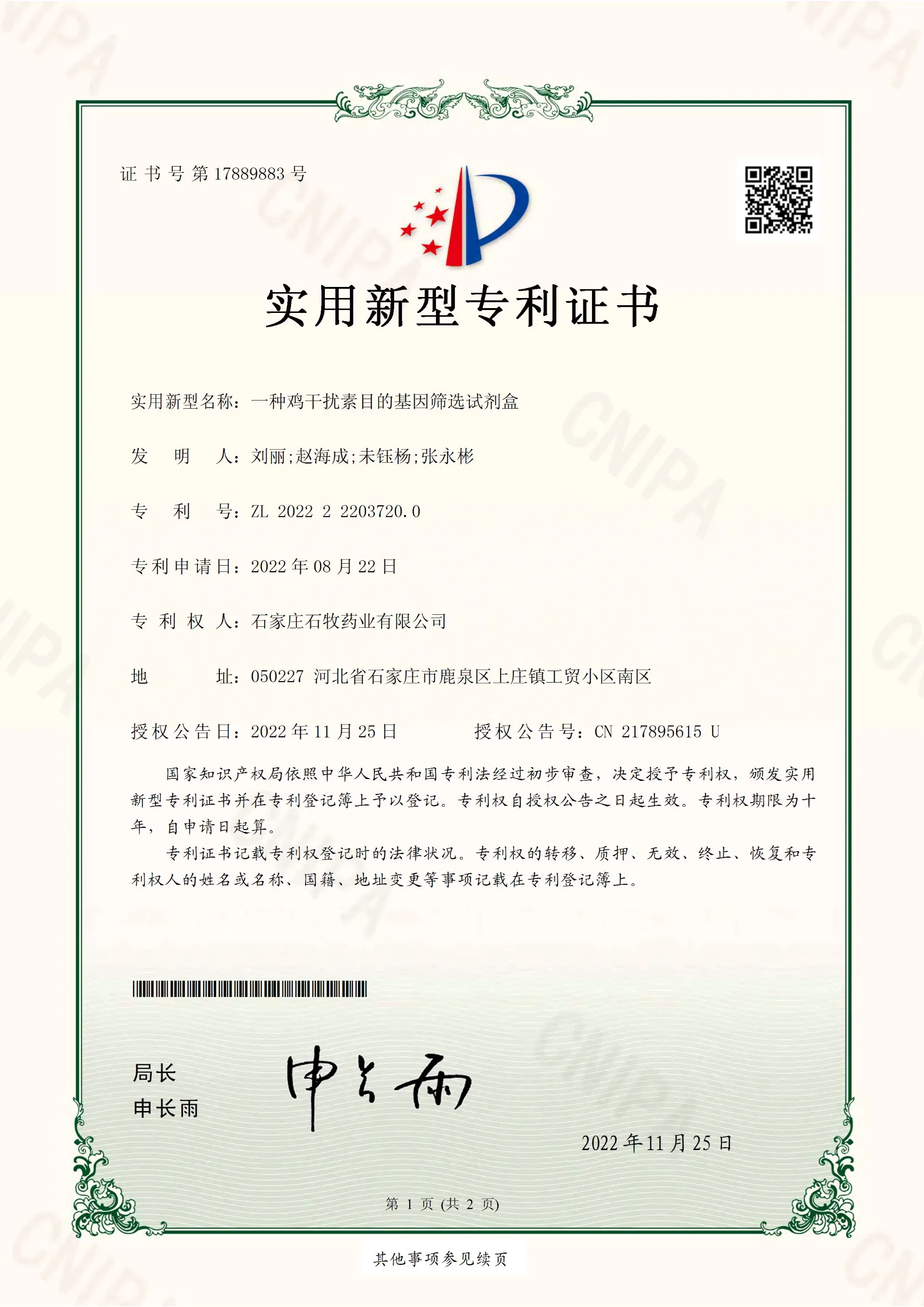5. Farrier Care Regular trimming and maintenance by a qualified farrier are crucial. A farrier can remove any dead frog tissue and help ensure proper hoof balance, which can assist in recovery and prevent recurrence.








